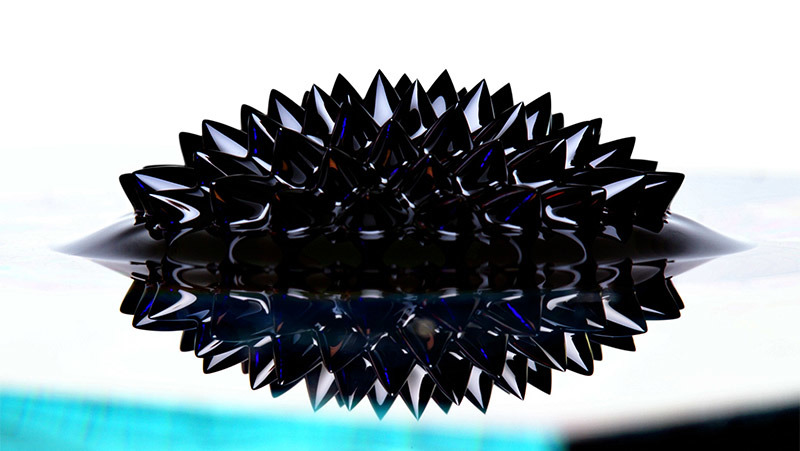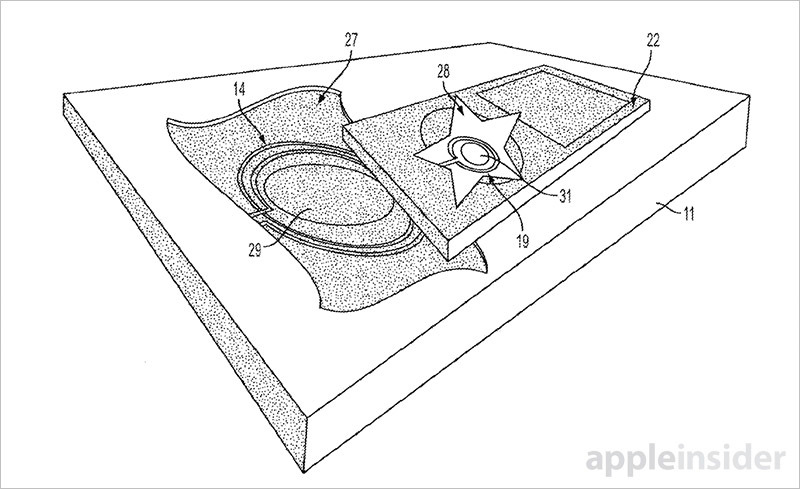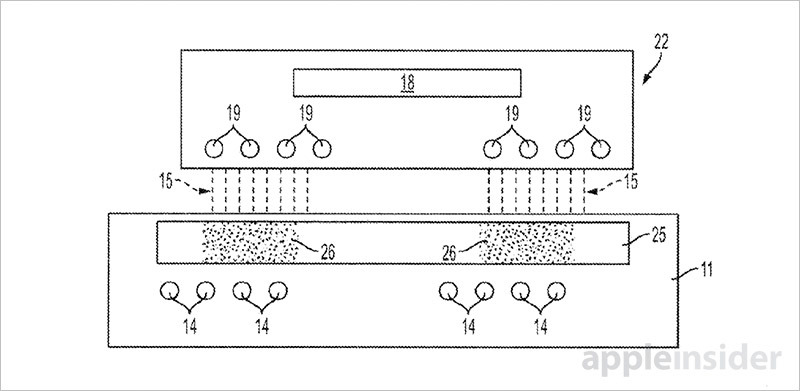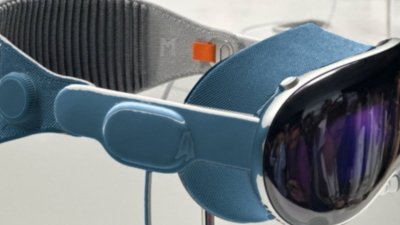As part of continued research into efficient wireless chargers — perhaps powerful enough to rival Lightning — Apple on Tuesday received a patent for an induction charging method that uses ferrofluids to reduce or negate energy loss typical of such systems.
Outlined in Apple's U.S. Patent No. 9,479,007 for an "Induction charging system," published by the U.S. Patent and Trademark Office, the method improves energy transmission by disposing a layer of ferrofluids between an inductive unit's transceiver and receiver coils.
Most inductive chargers work on the same principle: induced current. The method involves sending energy from a charging station to a battery powered device through an inductive coupling.
More specifically, an induction coil in the charger — primary coil — creates an alternating electromagnetic field, which is converted back into an electrical current by the receiving coil — secondary coil — in the mobile device. Apple's own Apple Watch employs a variation of this technology to charge up in a relatively fast and reliable manner.
Compared to wired, or direct contact, charging methods, inductive chargers are generally less efficient and require larger internal components to operate. In addition, the sensitive inductive coils must be aligned correctly to achieve a good coupling, as poor matings decrease efficiency and could lead to troublesome thermal issues. With Apple Watch, for example, the coupling issue is addressed by disposing magnets in both the charger cable and watch to ensure a decent fit.
Today's invention aims to bypass the pitfalls above by installing a helper layer of ferrofluids in either the charger or portable device.
Ferrofluids are liquids that contain ferromagnetic particles suspended in a carrier fluid, typically water or an organic solvent. The particles are able to move freely within the liquid and, importantly, become magnetized when exposed to a magnetic field, allowing gravitation toward magnetic flux.
Applied adjacent to an induction charging system, a contained ferrofluid layer can greatly increase energy transfer performance by minimizing the effects of coil misalignment. In practice, the ferrofluid is attracted to, and shaped, by generated magnetic flux to a position between the transmit and receive — primary and secondary — coils.
In some embodiments, the ferrofluid layer can create a bridge between the two coils, which in turn creates a preferential path across which the magnetic flux travels, Apple says. Focusing flux between the two coils mitigates loss due to misalignment, thereby increasing electromagnetic energy transfer efficiency and potentially decreasing charge times.
The document goes on to explain in detail various working embodiments of the present invention.
As with any patent, it is unclear if Apple intends to market a ferrofluid-enhanced inductive charger in a future product. That being said, almost all Apple products could benefit from inductive charging technology, from Apple Watch to iPhone to the latest MacBooks and accessories.
After a successful rollout of wireless charging options from Samsung, Apple users eagerly anticipate the feature to land in a next-generation iPhone. Recent reports suggest an inductive charging iPhone could arrive sooner rather than later, as Apple is reportedly in the process of vetting manufacturers of wireless chips capable of charging its smartphone flagship.
Apple's ferrofluid enhanced inductive charging invention was first filed for in February 2014 and credits Eric S. Jol, Ibuki Kamei and Warren Z. Jones as its inventors.
 Mikey Campbell
Mikey Campbell



-m.jpg)






 Wesley Hilliard
Wesley Hilliard
 Andrew O'Hara
Andrew O'Hara
 Malcolm Owen
Malcolm Owen
 Marko Zivkovic
Marko Zivkovic

 Chip Loder
Chip Loder
 Christine McKee
Christine McKee
 William Gallagher
William Gallagher



-m.jpg)





36 Comments
Clever. Notice the iPod classic.
Can someone help me see the efficacy of this entire technology?
As long as the unit you set your device on has to be plugged in, you aren't really "wireless",
and you're still confined to a certain radius based on that cord length anyway...
So, are the economies of space gained by removing the lightning or whatever connector from the equation,
really not counterbalanced by whatever internal receptors receive and convey the charge?
Or is the only real difference and benefit, closing that portal to incursion of moisture & dust?